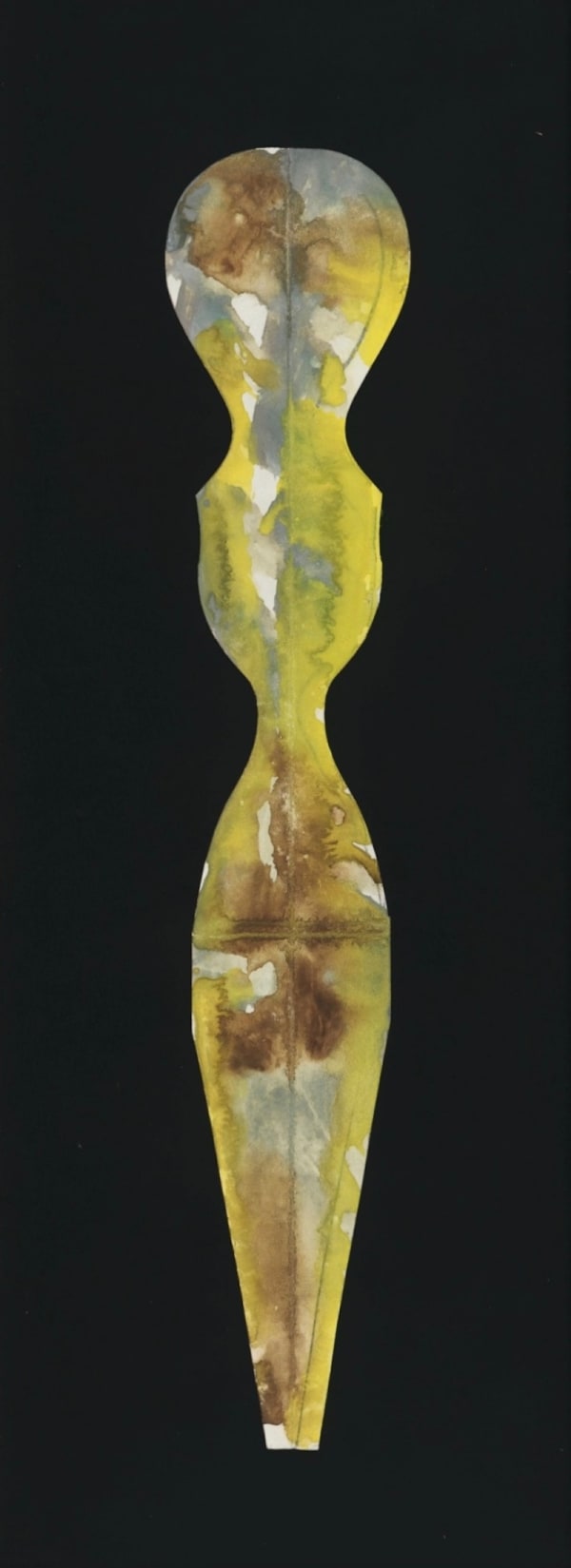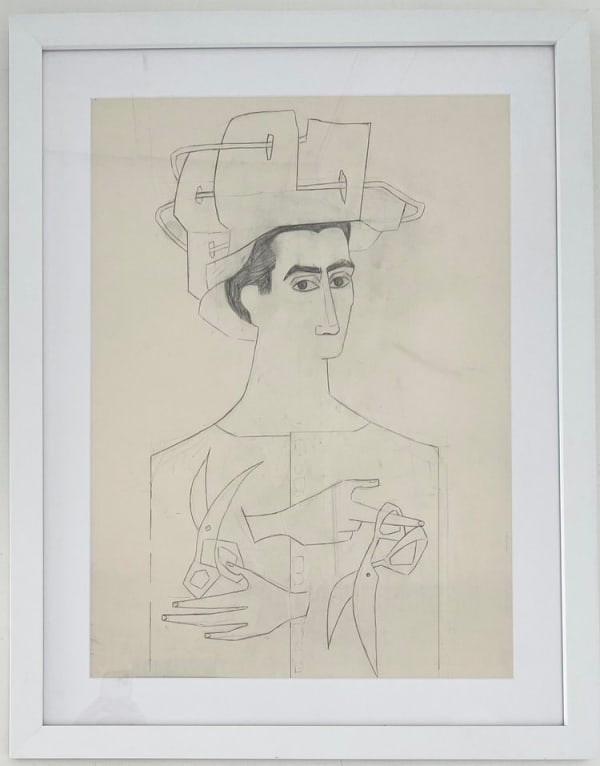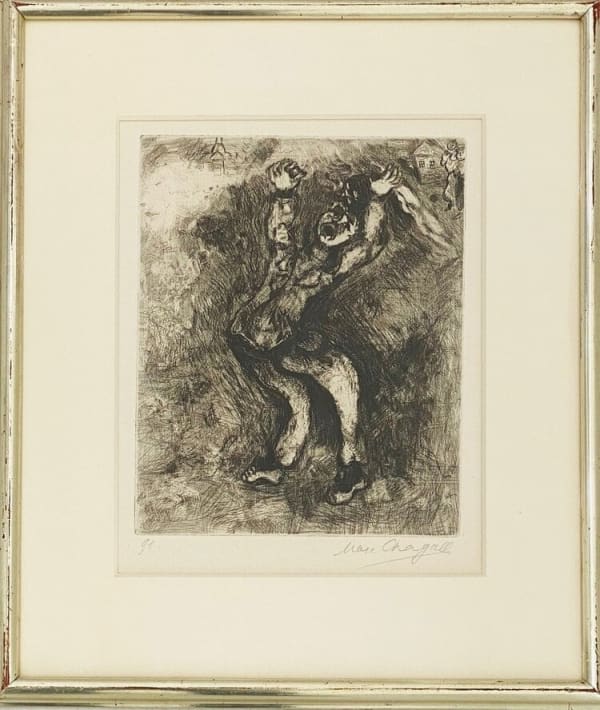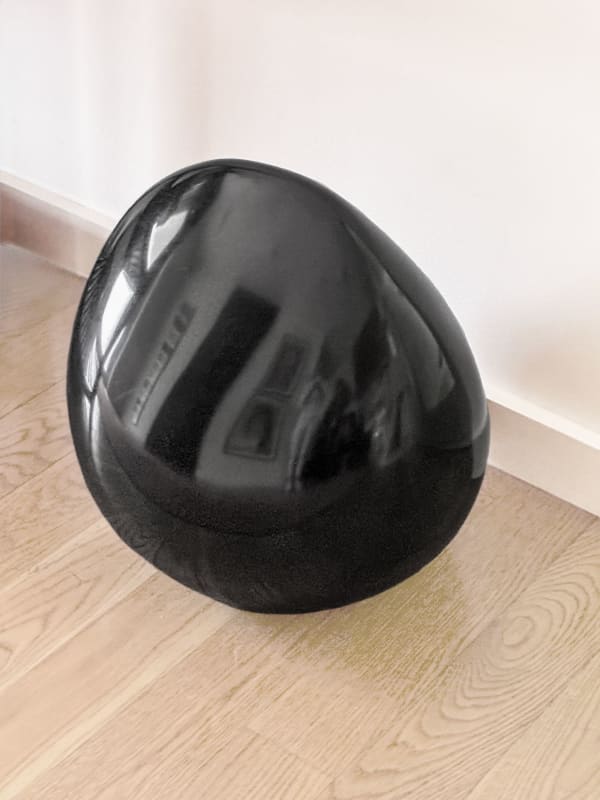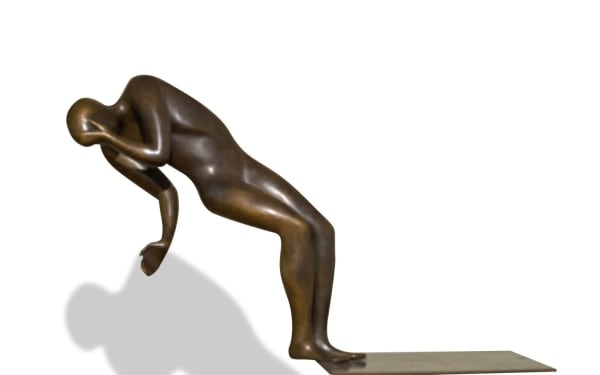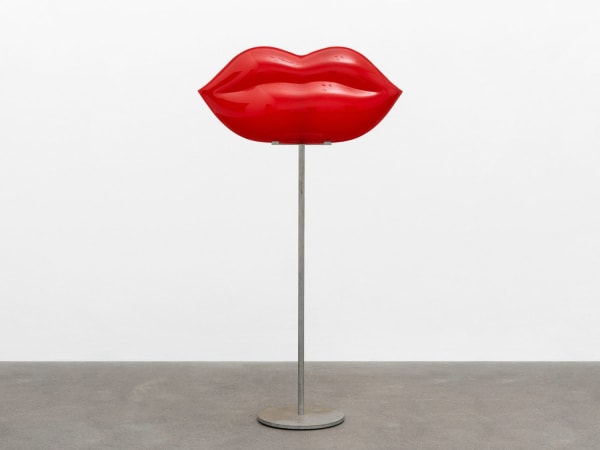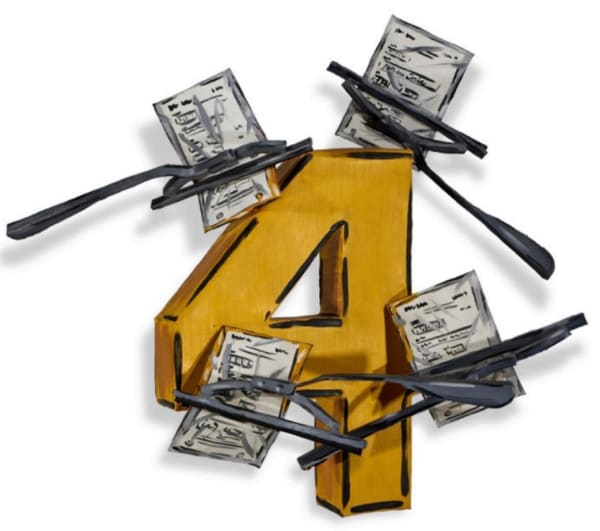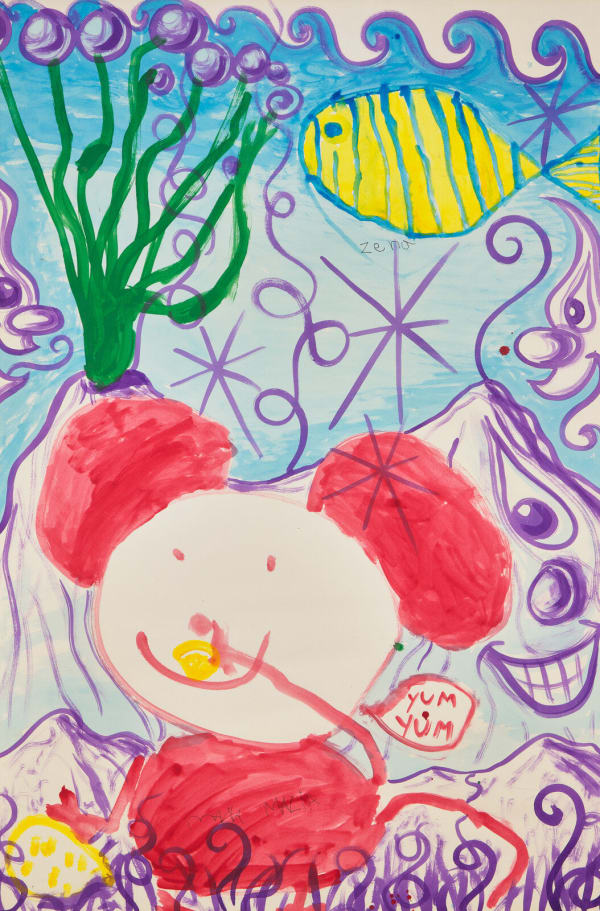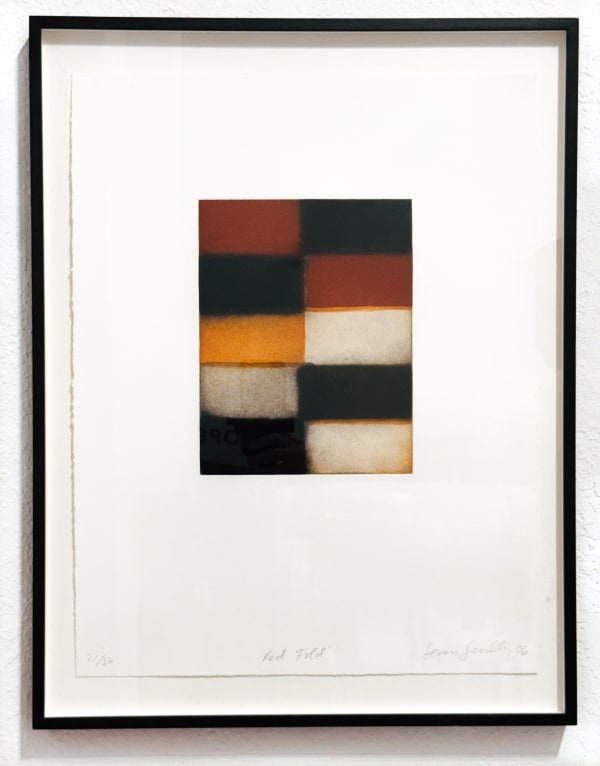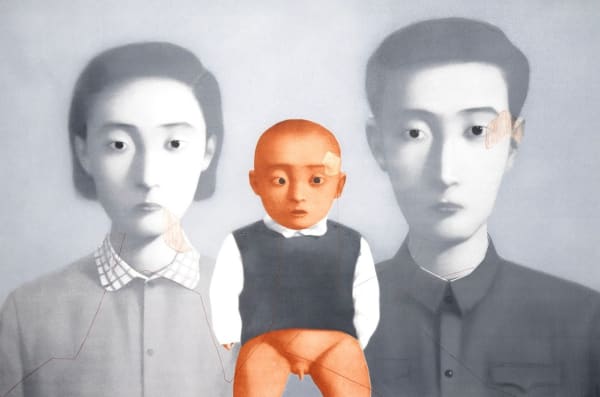-

Mary Abbott
-

Anni Albers
-

Josef Albers
-

Arman
-

Hans Arp
-

Milton Avery
-

Sally Michel Avery
-

John Baeder
-

John Baldessari
-

Cundo Bermúdez
-

Katherine Bernhardt
-

Val Bertoia
-

Ross Bleckner
-

Fernando Botero
-

Louise Bourgeois
-

Georges Braque
-

Andre Brasilier
-

Cecily Brown
-

Victor Caglioti
-

Alexander Calder
-

Arden Quin Carmelo
-

Jean-Pierre Cassigneul
-

Marc Chagall
-

Christo
-

Francesco Clemente
-

George Condo
-

Joseph Cornell
-

Richard Diebenkorn
-

Jim Dine
-

Jean Dufy
-

Friedel Dzubas
-

Norris Embry
-

Solomon Ethe
-

Eric Fischl
-

Sam Francis
-

Nan Goldin
-

Robert Graham
-

Salvatore Grippi
-

Armand Guillaumin
-

Peter Halley
-

Juan Hamilton
-

Keith Haring
-

Celia Hempton
-

Damien Hirst
-

David Hockney
-

Hans Hoffman
-

Tom Holland
-

Jenny Holzer
-

Invader
-

Paul Jenkins
-

Jasper Johns
-

Ronaldo de Juan
-

Wolf Kahn
-

Alex Katz
-

Ellsworth Kelly
-

Terence Koh
-

Mark Kostabi
-

Lee Krasner
-

Nicola L
-

Richard Lindner
-

Christopher Makos
-

Robert Mangold
-

Eddie Martinez
-

Roberto Matta
-

Komar & Melamid
-

Harland Miller
-

Joan Miró
-

Morgan
-

Robert Motherwell
-

Robert Natkin
-

Louise Nevelson
-

Don Nice
-

John Nixon
-

Julian Opie
-

Ray Parker
-

Nicolas Party
-

Eddie Peake
-

Pablo Picasso
-

Jaume Plensa
-

Maurice Brazil Prendergast
-

Marc Quinn
-

Mel Ramos
-

Robert Rauschenberg
-

Man Ray
-

Larry Rivers
-

Suellen Rocca
-

Norman Rockwell
-

James Rosenquist
-

Ed Ruscha
-

Robert Ryman
-

Ludwig Sander
-

Kenny Scharf
-

Sean Scully
-

George Segal
-

Alev Ebüzziya Siesbye
-

Lois Gross Smiley
-

Maybelle Stamper
-

Frank Stella
-

Rudolf Stingel
-

Wolfgang Tillmans
-

Théo Tobiasse
-

Maurice Utrillo
-

Andy Warhol
-

Tom Wesselmann
-

Zhang Xiaogang
-

Jack Youngerman
-

Larry Zox
-

Various Artists




